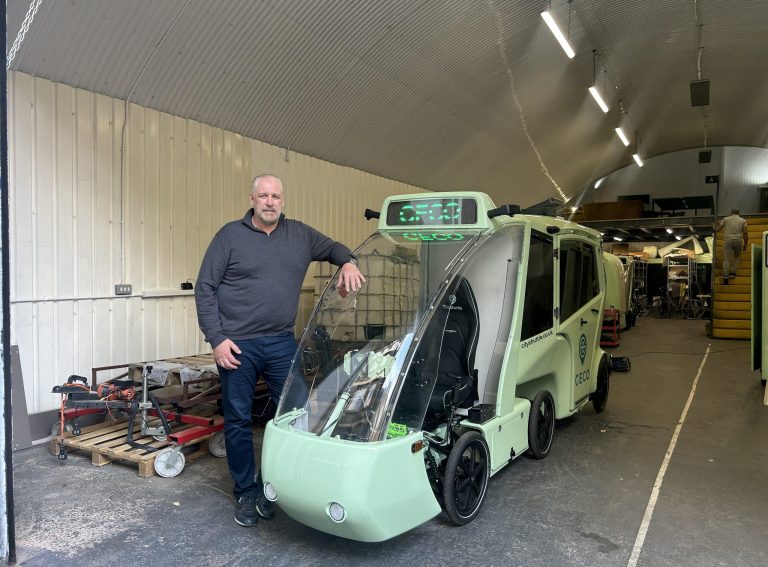A call for further micromobility regulation has arisen in an industry consultation led by the World Health Organisation (WHO).
The discussion, which focused on the health and environmental impacts of micromobility, took place on 13 February and was facilitated by the Autonomous University of Barcelona’s research group in mobility, transport and territory (GEMOTT).
One attendee was the Parliamentary Advisory Council for Transport Safety’s (PACTS) Deputy Executive Director Margaret Winchcomb who, alongside an international group of sector-related participants, took part in in-depth discussions to deliver recommendations for e-micromobility.
“Currently e-scooters are classified as motor vehicles and therefore, in order to be ridden on public roads and in public places, the same requirements of registration and insurance are required.” Margaret said.
“However it is near impossible to obtain these. If the UK Government decides to legalise use of private e-scooters, PACTS recommends it should adopt regulations for their construction.”
Funded by the Road Safety Trust, PACTS is a charity which aims to advise the UK government on air, rail and road safety issues.
Its advised requirements include a maximum possible speed of 12.5 kph, a maximum continuous rated motor power of 250 watts, anti-tampering mechanisms, a minimum front wheel size of 12 inches and a minimum rear wheel size of 10 inches.
Other requirements include mandatory vehicle lighting, use of a helmet, an audible warning device, a rider age limit of 16 years old, the prohibition of drink-driving and passenger carrying, among others.
PACTS also wants to see the illegal use of electric motorcycles addressed, which sees users operate these vehicles without the required insurance, training or registration.
The discussion, which was facilitated by Alexandra Bretones Diaz from GEMOTT, also saw other participants from around the world highlight regulations that they think are necessary for electric micromobility.
These include regulations around the import and export of e-micromobility vehicles, ways of separating users of these vehicles from heavy traffic and other vulnerable road users, and the implementation of a Safe System approach which is committed to preventing deaths and serious injuries on the road.










